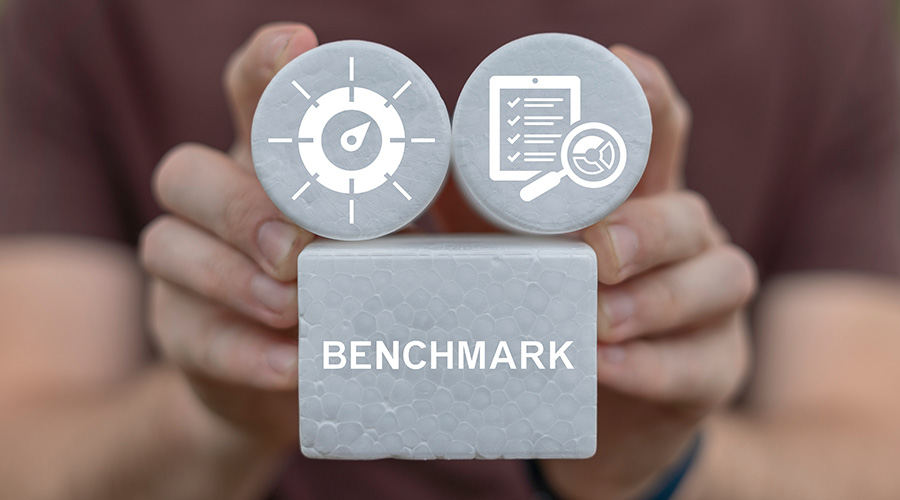To Supervise Property Managers, Crucial Asset Managers Need Communication, Delegation
Part 2 of a 2-part article on overcoming property management headaches
Think herding cats is hard to do? Just try supervising the activities of multiple property managers who work for the different owners. For a real property asset manager, that is one of the key responsibilities. To do this successfully, it takes well-structured communication and effective delegation.
Communication starts with monthly reports. These reports should include a rundown of the monthly profit/loss statement showing income and expenses and a brief summary of operations (e.g., “We leased XYZ space to ABC Company at $x.xx per square foot” or “We booked a 500 person conference”).
Here is a major caveat related to frequency of property management performance reports: The shorter the asset’s tenant turnaround, the more frequent the performance reporting. With some assets, such as hotels or self-storage facilities, weekly reports may be required to keep tabs on fluctuations in vacancy and income rates.
In addition to receiving monthly (or weekly) reports, the real property asset manager should be prepared to interface frequently with property managers by phone and e-mail. There should also be regular (e.g., at least quarterly) face-to-face meetings with the property management team. In addition, the asset manager should conduct semi-annual or annual property inspections.
Another management issue related to overseeing property managers is delegation of authority.
The real property asset manager should establish thresholds for the bidding process on contracts for capital improvements and maintenance. Usually, property managers are granted authority to direct-hire vendors under a certain allowable contract limits. Over that amount, the property manager is required to seek three competitive bids. There could be some sole-source bidding in the case of unique or unusual items. For example, consider a building that has a 65-year-old elevator for which only one local vendor carries parts. With sole source contracts, the real property asset manager must be able to balance price with the desired level of quality.
There’s an App for This, Too
Several software programs are available to real property asset managers who want to automate the monitoring function. Since there may be multiple intended users for a property management software tool, simplicity of operation is a key selection criterion. Reports intended for the owner should be straightforward and not overly detailed.
In the final analysis, the best advice for a real property asset manager is: Out of sight, out of mind for the owner. The property owner needs to know that his or her assets are being professionally monitored by someone who is looking through the owner’s eyes and has the ability to handle a variety of property issues. A strong background in real estate finance is also essential, because at some point down the road – where the real property asset manager always needs to be looking – there may be the opportunity for a capital event (e.g., sale or refinance) that returns some of the owner’s equity in the property.
For a real property asset manager, it doesn’t get any better than that.
Rory S. Coakley is founder and president of Rory S. Coakley Realty, Inc., a full-service residential and commercial real estate company providing property management, asset management, sales and leasing, tax appeals, appraisals, and litigation support to the Washington, D.C., metropolitan area since 1989.
Related Topics:













